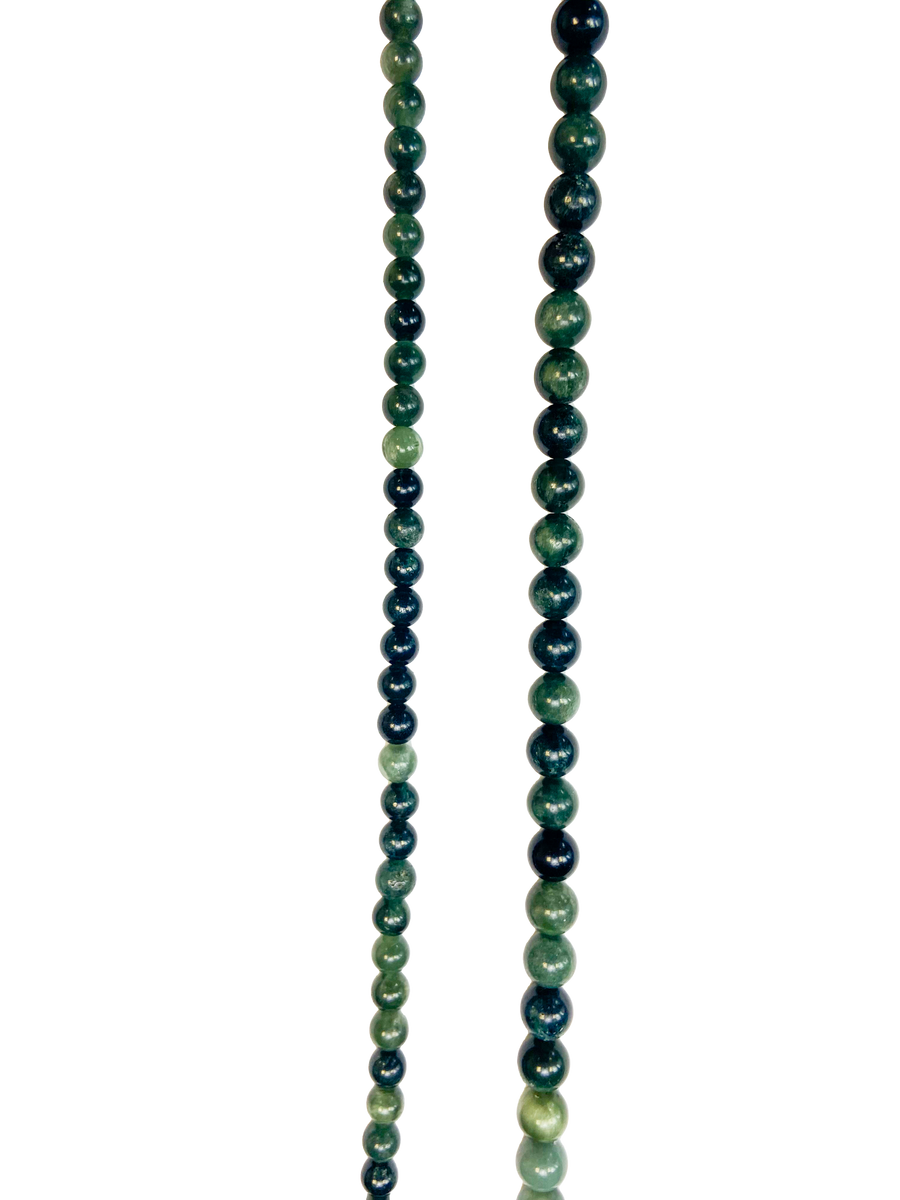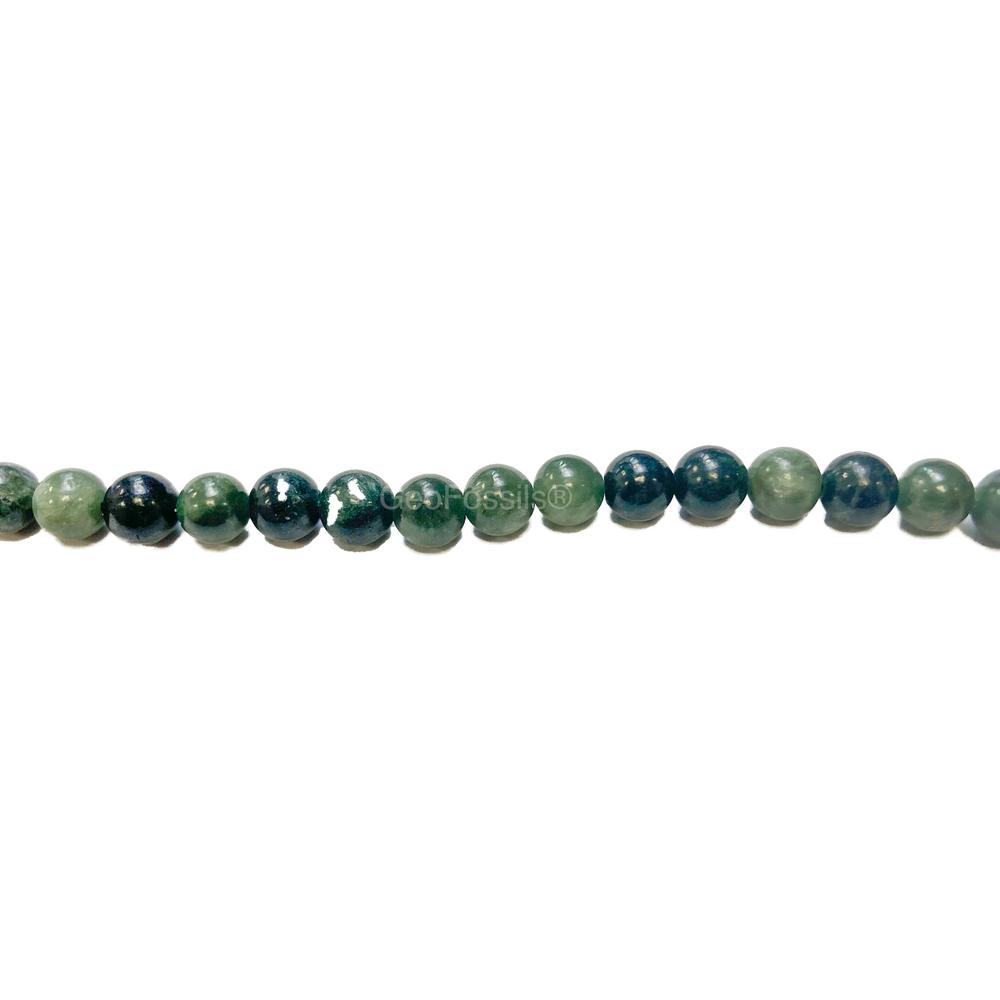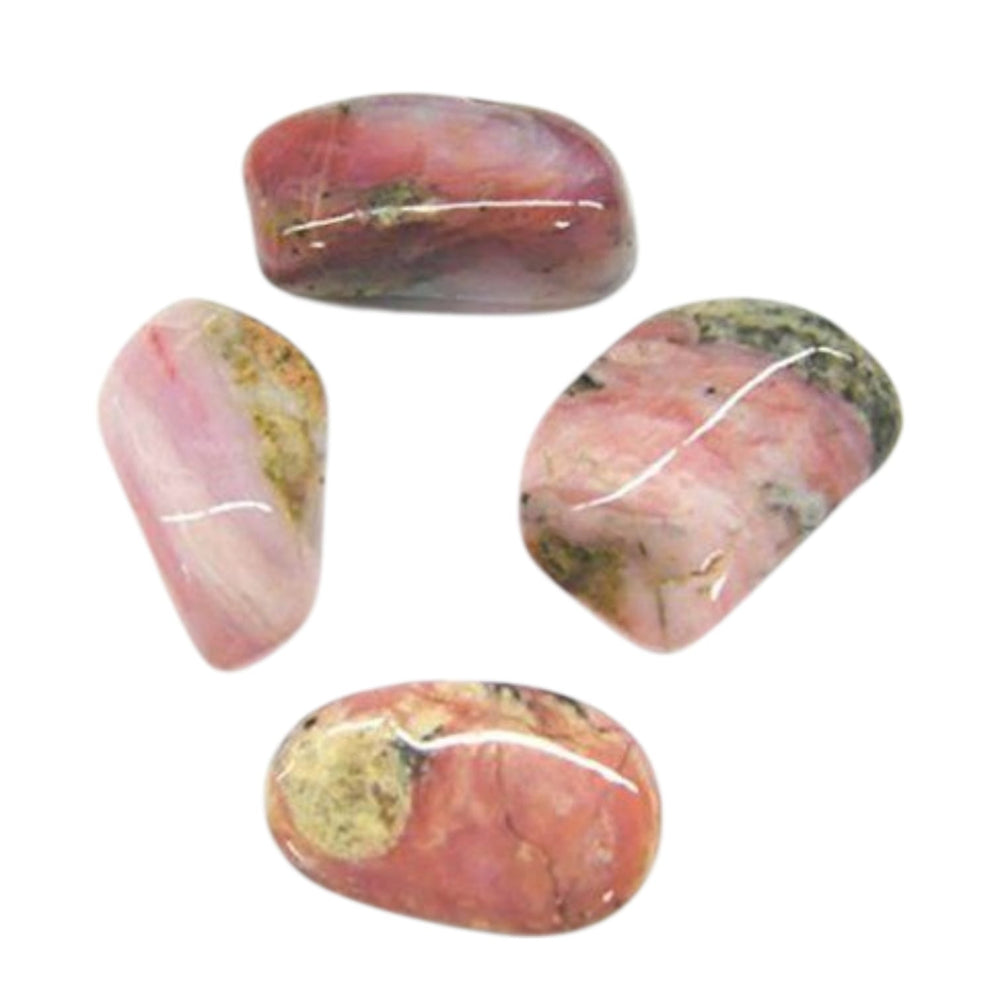This is a one-of-a-kind specimen from the Murchison meteorite, one of the most scientifically significant meteorites ever discovered. The Murchison meteorite fell near Murchison, Victoria, Australia on 28 September 1969. It is classified as a carbonaceous chondrite (CM2) — a rare type of stony meteorite rich in organic compounds and pre-solar grains.
What sets the Murchison meteorite apart is its complex composition: it contains over 70 amino acids (many not found on Earth), microscopic diamonds, and some of the oldest material in the solar system — including dust grains dated to over 7 billion years old.
This specimen offers a rare opportunity to own a documented fragment from a fall that has helped shape our understanding of early solar system chemistry, organic synthesis in space, and the building blocks of life.
Key Details:
-
Origin: Murchison, Victoria, Australia
-
Fall Date: 28 September 1969
-
Classification: CM2 Carbonaceous Chondrite
-
Composition: Organic compounds, silicates, olivine, pyroxene, and pre-solar grains
-
Age: Contains particles >7 billion years old
-
Dimensions: [Insert Size]
-
Weight: [Insert Weight]
-
Provenance: Verified and documented specimen
Note: Each Murchison piece is unique; this item is the exact piece shown in the images.









